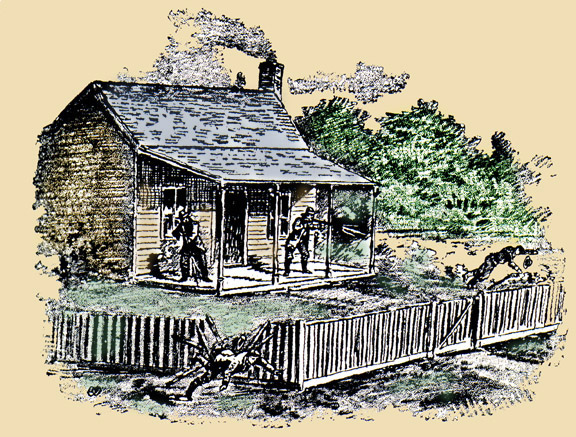

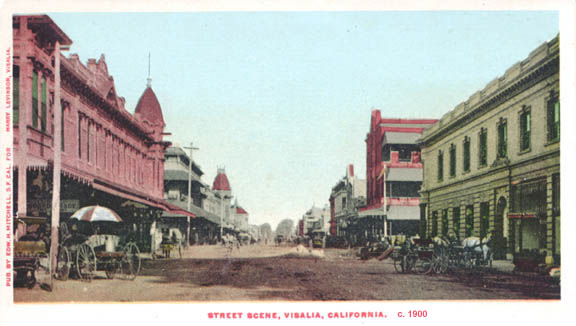
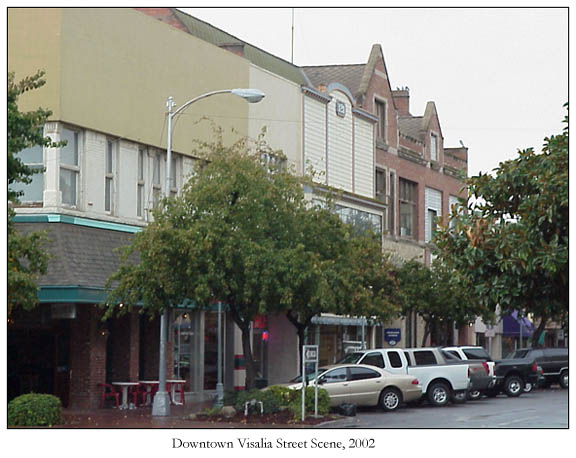
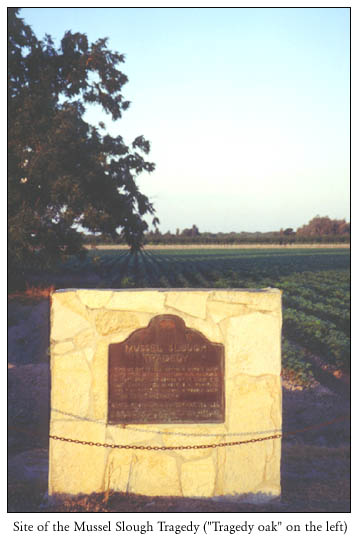 |
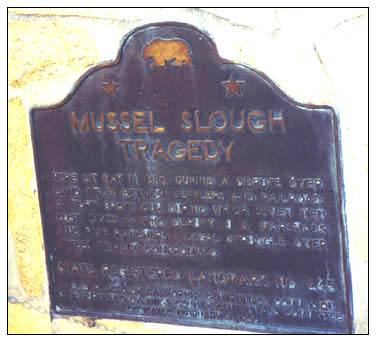 |
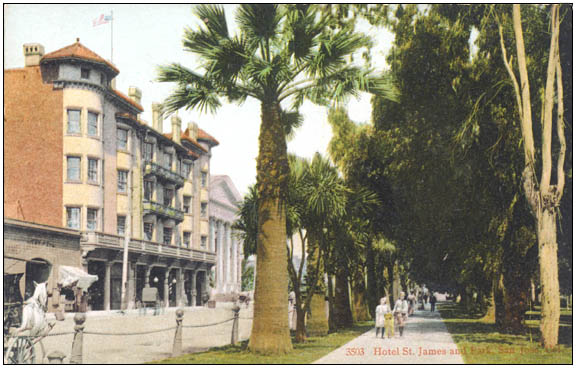
| The "real"
story about Evans and Sontag, generally opens with a young John Sontag as a
handsome and hard-working railroad worker in the prime of youth. One day at
work, he is crushed between two railway cars and breaks a leg. The accident
leaves him a ruined person, unable to perform his work duties, and the railroad
summarily fires him with little regard that he was injured on the job. At the
prime of his life therefore, Sontag no longer could work at the kinds of jobs
available to what we would now call an "unskilled" worker. As a result, he
scrapes by the best that he can as a homeless person in the late 1880's,
picking up odd jobs where ever he could. He also becomes rather vociferous
about the raw deal which he has gotten. In that place and time, it was very
unhealthy to complain aloud about the railroad's lack of employee
benefits. Enter the older and more experienced, Christopher Evans: He also is no friend of the railroad, often getting into loud discussions recounting the bitter aftermath of the Mussel Slough shoot out. He was being driven into bankruptcy with the bank breathing down upon the mortgage on his farm, because of the railroad's hauling rates, along with a string of personal misfortunes, accidents, and just plain bad luck. However, Evans, who had known Sontag for some time, takes the younger man under his wing, and even though he and his large family were barely scraping along by themselves, gives him a job as his ranch hand. They also go into business together and run a livery stable in Visalia for awhile until it fails. There are stories about Evans which depict him as being as rugged as an individual from the old West could be. He was also said to have been very kind and particularly liked small children, animals, and honest, hard-working men down on their luck. A family man who had left Canada and claimed to have been a veteran on the Union side during the Civil War. He was strong as an ox, hard working, did not drink (or at least when he did, he stayed away from home), smoke, or gamble, nor would he allow swearing in his house or in front of the women. He was self-taught, and an avid reader who would carry several books in his saddle bags to read in spare moments and he would often quote from memory his favorite writers. Recitations were said to be a common family activity at night in the Evans' home. He had a keen interest in history and science and could talk at great length about most any of the great issues of his times. He was an accomplished woodsman, hunter, and horseman. He valued the importance of preserving nature and the wilderness, long before it was trendy or even appreciated by most people. However, in spite of all these seemingly "positive" features which his supporters said that he manifested, Evans could also be completely ruthless, as well as totally uncompromising when it came to his personal sense of honor and individuality. Claiming the right to self defense, he was a quite efficient and effective killer, often shooting his victims many times over. He was about as dangerous as any man of that era could be. The myth that cowboys could shoot each other by pulling their revolvers out of their holsters and aiming from the hip, was no Hollywood fantasy with Evans' skills: he was a deadly shot with either revolver or rifle, and he would stand his ground no matter how many bullets whizzed passed him. The stories about his resolve and nerve are near unbelievable. He was the archetypal hero/outlaw who by an act of sheer will avoided any consolidation with those forces of nature or laws of man which would bend or grind him down --at least that is how some of the writers about his life have made him out to be. Other archetypal elements in the Evans and Sontag's story are Evan's long suffering wife, Molly, his large family of blond children, his corn-cob pipe-smoking mother-in-law from Tennessee, Grandma Byrd, who could cuss like a Blue Jay, and Evan's oldest daughter, little Eva -- who wore her "18-caret" golden hair in long ringlets, and was as pretty as could be it was said. She also possessed her father's natural intellectual skills, wits and curiosities, and could ride a horse as well as a man, and was an expert shot with a rifle. She became Sontag's sweetheart and accomplice, often aiding the duo's escape from the law. One suspects much of this story as being apocryphal and varnished by time with the precept towards a good yarn, particularly since in later life, Eva provided many of the details of the Evans and Sontag story (much like Wyatt Earp's second wife provided much of the stories about him). Though the outlaws freely admitted to killing Oscar Beaver in Evans' stable and Vic Wilson and Andrew McGinnis during a spectacular shoot-out at James Young's cabin, the duo claimed their complete innocence of the five train robberies and associated killings within 60 miles of Mussel Slough. These had occurred during a three year period before John Sontag's brother, George, had fingered them as the culprits in 1892 as part of a "deal" to avoid prosecution on related charges. That they were able to allude authorities for several months, who had upwards to 3,000 men searching for them along with a $10,000 (in 1890's money!) price on their heads either "dead or alive," is a mouth-dropping, awe-inspiring, and nail-biting story, when it is retold in the right hands. It was the Young's cabin shoot out near Sampson's Flat in Fresno county which gave the duo a world-wide cause célèbre: Evans & Sontag came out shooting from the hip when a nine-man possie believed that they had them surrounded and trapped. They killed two deputies outright, and routed the rest. William Randolph Hearst screamed, A WANTON BUTCHERY, on the front page of The Examiner, and exhorted those hunting the duo "...should enter upon the chase with the intention of killing the bloodthirsty desperadoes and thus end their career of butchery." However, a month later, Hearst provided a podium for the duo's side of the story, by sending Examiner correspondent, Henry Bigelow, to their "secret" hideout to interview them. Hearst had a significant axe to grind with the railroad, and continued to give the duo much favorable, front page press (while other newspapers with large advertising revenues from Southern Pacific, would label the pair cold-hearted murderers and call for their immediate lynching). The extensive converage by the Examiner was not only a continual insult to the railroads but also sold a profitable volume of Hearst's newspapers as well. The whole Evans and Sontag spectacle was the media event of its time. It attracted the attentions of many prominent newspaper reporters and authors. That their story should receive such attention, is an early study on how the mass media in its infancy could shape and amplify an event into a grand spectacle that assumed significance quite beyond the hum-drum, day-to-day reality which most newspaper readers lived. Hearst's star columnist ("The Prattle") and long-time Big Four tormentor, Ambrose Bierce, "the evilist man of San Francisco" and now the mostly forgetable Old Gringo himself, also met and interviewed Chris Evans. "Bitter Bierce" had a high regard for the outlaw's charactor and intelligence it was said (they also shared stories of their Civil War experiences). However, twenty years before, in his coverage of the trial of the Mussel Slough conspirators, in the San Francisco Post, the iconoclastic Bierce, often the champion of the downtrodden individual, showed no sympathy towards what he saw as anarchic rabble and accused J. J. Doyle, the head of the local grange and one of the defendants in the conspiracy trial, as being a Mephistophiles:manipulating the others for personal ends. Even at the end of the line, on June 11th 1893, the recounting of the final shoot-out with Evans and Sontag at Stone Corral, in the rugged hills surrounding Tulare County, is quite amazing and beats anything I have seen during my childhood addiction to cowboy movies. Ambushed by a large group of U. S. Marshals with crack shots and professional man-hunters, the duo is pinned down in a hail of bullets behind a pile of straw and manure in an open field. The shooting goes on for most of the day. First Evans is wounded seriously and then Sontag. Sontag tells Evans to make a run for it and says he is "done for". Though Evans isn't in such great shape himself, for he had been shot in the back. Another bullet has smashed his left arm so that he could not handle a rifle effectively, and pellets from a shot gun blast had imbedded in his skull, puncturing the membrane around the brain, and gouging out his right eye (which is said to have dangled by the optic nerve against his cheek). However, despite his dire condition, he does make an effective escape through dense chapperal. The posse surrounds the mortally wounded Sontag laying upon the mound of manure and straw. Like big game hunters, they stop and have their picture taken by their trophy. Evans meanwhile, is able to allude capture for another 48 hours until a friend finally turns him in out of fear that Evans would bleed to death in his spare room. The incapacitated Evans is taken to jail in Visalia rather than a hospital. They soon cut his mangled left arm off without an effort to save it. Sontag, near death, is in the same jail but refuses to have a similar amputation. He revives enough to give an Examiner reporter a long interview. Sontag with his jaws clinched so tight that he can not drink, finally dies from tetanus on his cot in the Visalia jail on July 3rd. |
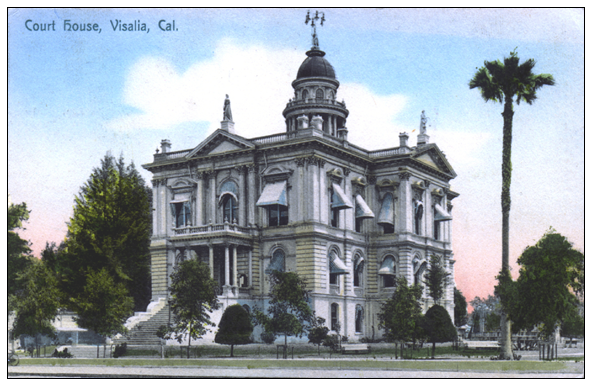
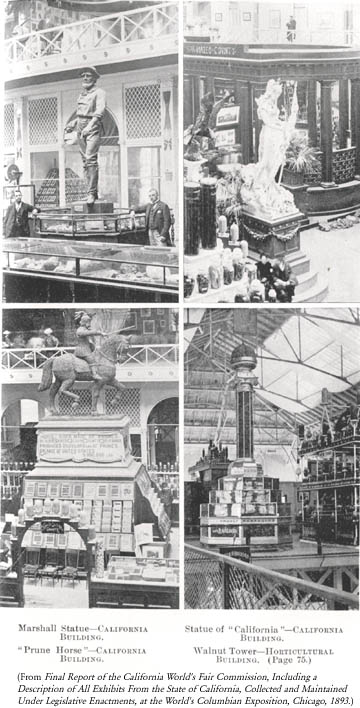 |
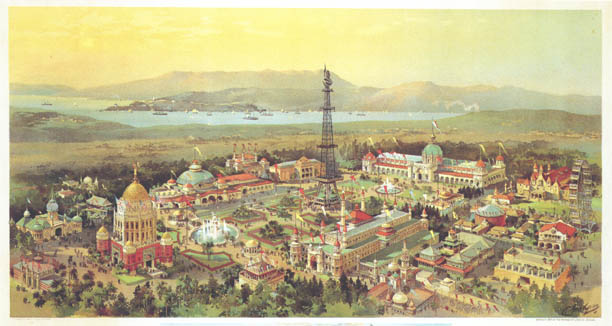 |
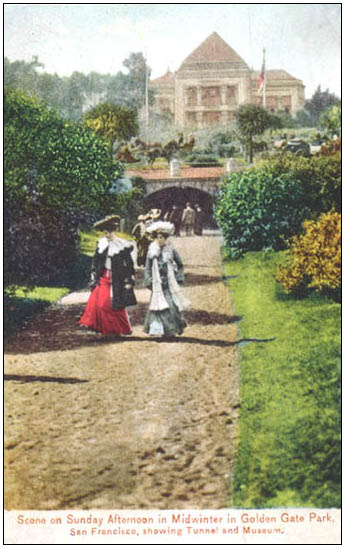
This page created on 05/02/01 17:03. Updated 12/18/02 19:54.